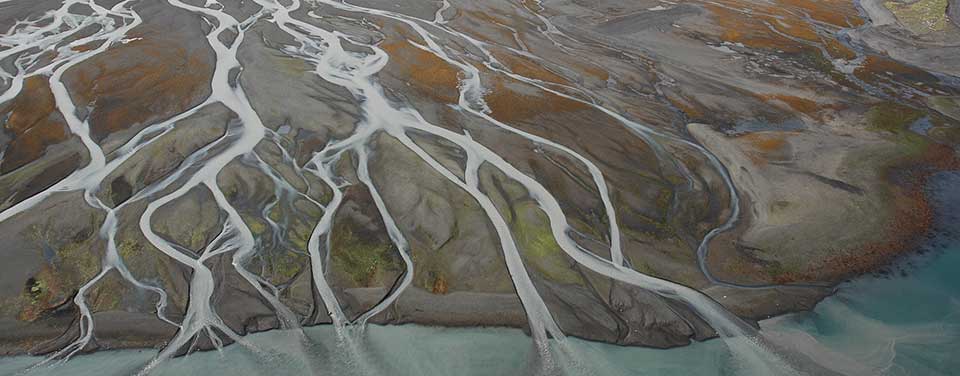Salt Settling On The Ocean Floor

The ocean is not just where the land happens to be covered by water.
Salt settling on the ocean floor. It is locked in a perpetual cycle of birth and destruction that shapes the ocean and controls much of the geology and geological history of the continents. The study from australia s national science agency csiro estimates there is 14 million metric tons of microplastics sitting on the ocean floor. Pelagic sediment is composed of clay particles and microskeletons of marine organisms that settle slowly to the ocean floor. The sea floor is geologically distinct from the continents.
For deep sea brine pools the salt can come from one of two. Oceans cover nearly 71 percent of earth s surface. The clay component or sometimes volcanic ash is generally carried from land by wind and falls on the. An ocean is a huge body of salt water.
A brine pool is a volume of brine collected in a seafloor depression. The mining stirs up enormous amounts of sediment that are moved by ocean currents through and out of the area to settle down on the sea floor again covering sensitive organisms particularly the. Amazingly this location in the northwestern gulf of mexico provided all the comforts of home for hard corals. Brine pools are commonly found below polar sea ice and in the deep ocean.
A hard surface for attachment clear sunlit water warm water temperatures between 68 and 84 degrees fahrenheit. They contain almost 98 percent of all the water on earth. Benthos is the community of organisms which live on in or near the seabed the area known as the benthic zone. It s made out of minerals that precipitate form and settle directly from the ocean when water becomes saturated in salts precipitation occurs.
This community lives in or near marine sedimentary environments from tidal pools along the foreshore out to the continental shelf and then down to the abyssal depths the benthic zone is the ecological region on in and immediately above the seabed including the sediment surface. Some of these organic sediments are called calcareous or siliceous oozes because they are so thick and gooey. Brine pools below sea ice form through a process called brine rejection. That would be more than 35x as much plastic.


















